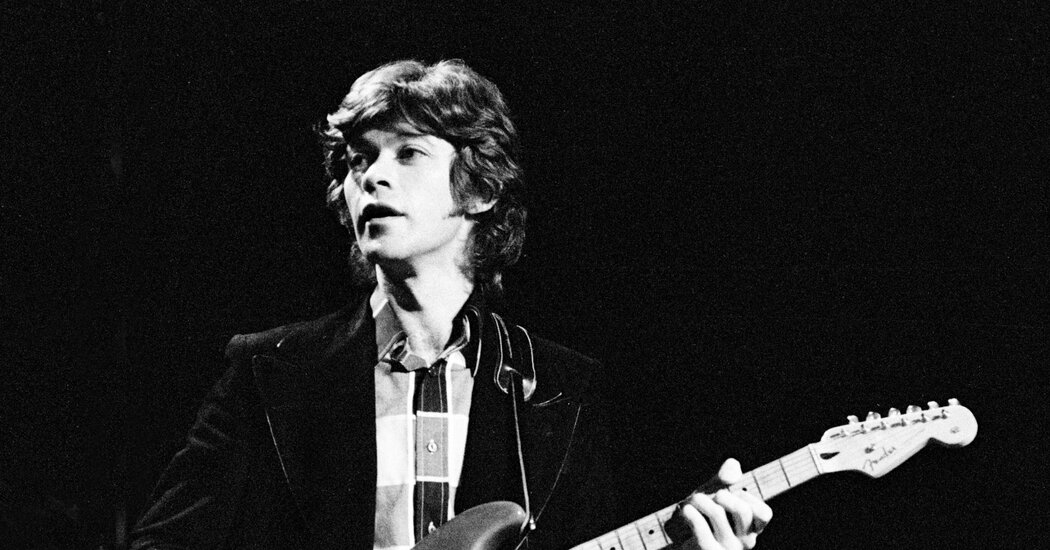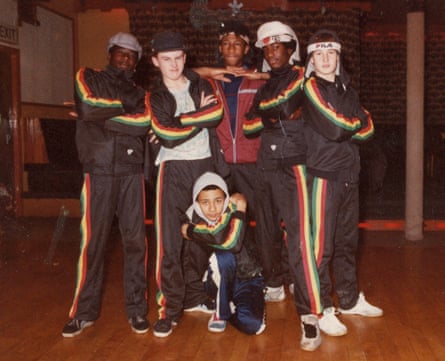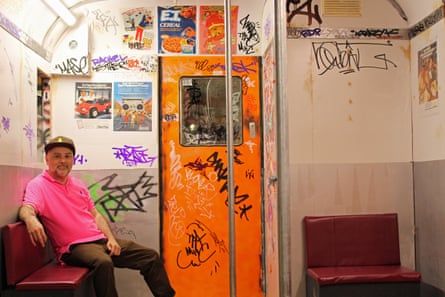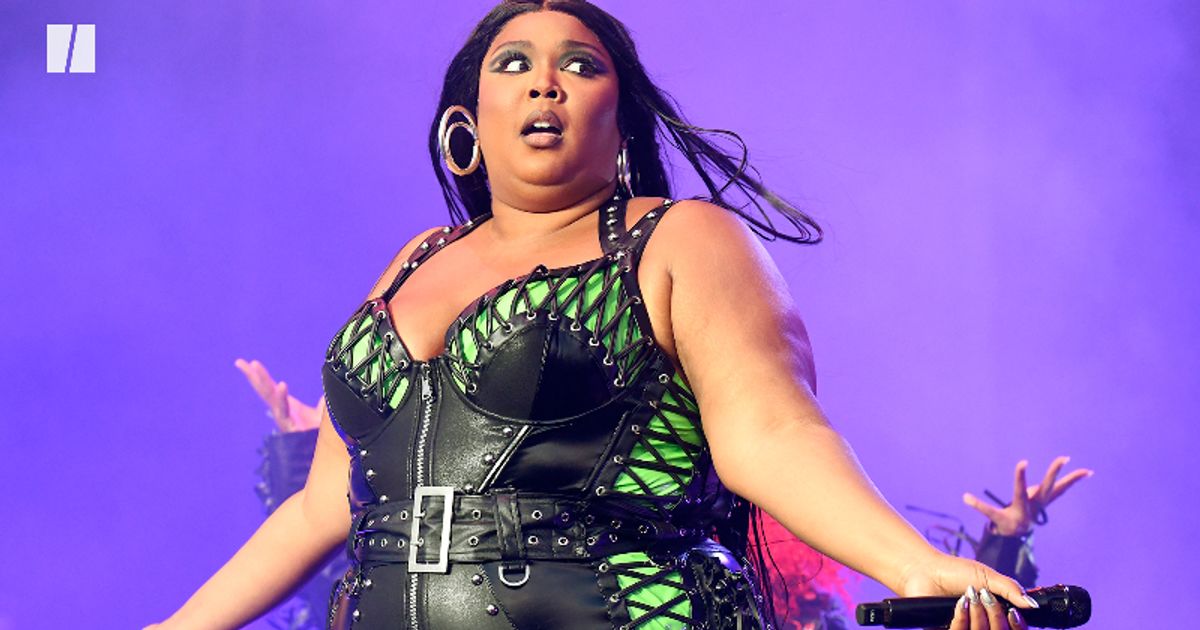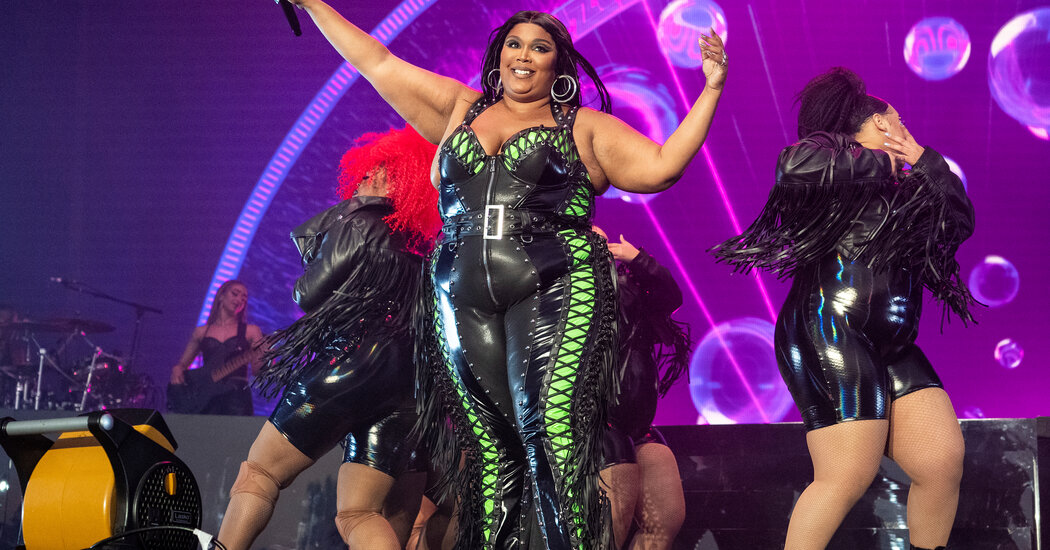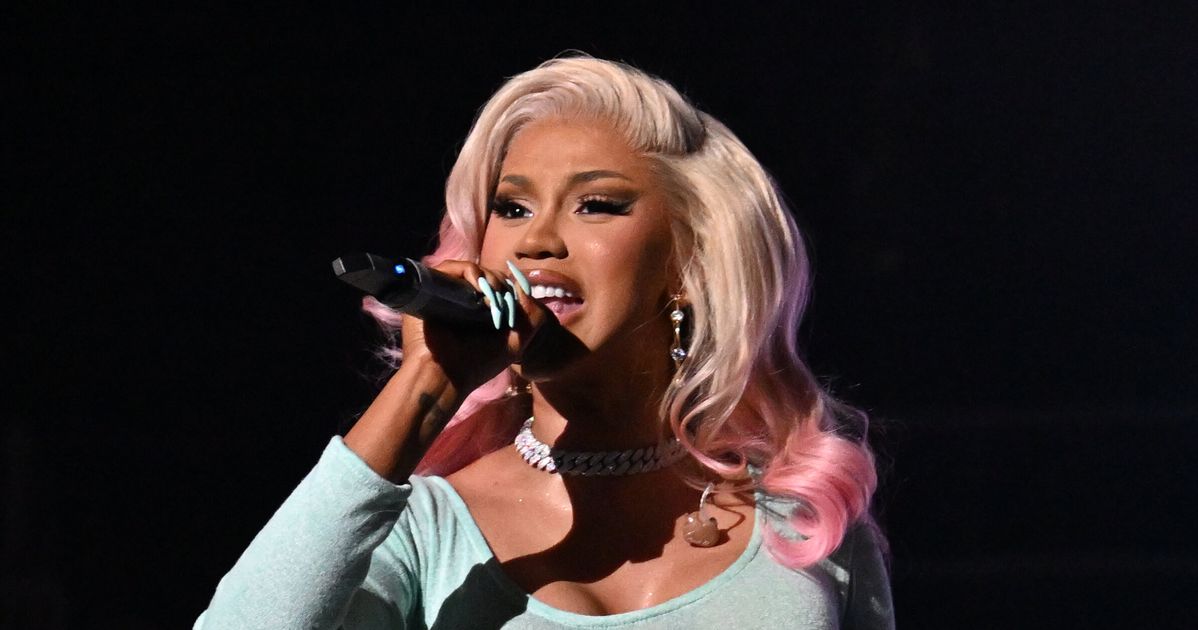Come together: the democracy of the symphony – music’s greatest form? | Classical music
[ad_1]
You are rarely more than a few days away from a symphony at the Proms, but at the Albert Hall this coming week it is a particularly big one for the orchestral statement piece that’s been at the heart of the classical music tradition since, well, roughly the French revolution. On 13 August it’s canonic centrepiece Beethoven’s Symphony No 3, known as the Eroica (Heroic), then through the following week further crowd-pleasers Shostakovich’s Symphony No 10 and Mahler’s Third Symphony. Moving beyond the heavyweights, the programme also features a symphonic gem composed by Croatian Dora Pejačević (1885-1923) during the first world war while she was working as a nurse, and a work that’s fresh off the press.
How can this single form have had such an enduring hold over the imaginations of composers and audiences alike for (at least) two-and-a-half centuries? What, exactly, is the symphony’s secret?
The roots of the genre lie in opera. Composers around Milan in the early to mid-18th century developed the instrumental overtures that preceded the onstage action, often known as sinfonia, into a stand-alone form. But it was when composers in Vienna got involved – first Haydn, then Mozart and Beethoven – that things really began to take off. Ensembles got meatier, adding wind and brass, and so did the symphony’s musical ambitions, focusing on the evolution of one kernel-like theme over – usually – four complementary sections, called movements, each with a different musical character. (Side note: typically people don’t clap between movements, but life is far too short for it to matter if you do.)
Much of the reason the symphony has maintained such heft since then is because it supposedly represents timeless values. It has a tricksy ability to tread a line between repelling meaning – ie it’s pure music, not about anything except music – and attracting meaning like iron filings to a magnet. Not just any old meaning, though. Big and important meanings with philosophical grandeur, about self and society. And it is when symphonies succeed in tapping into a vision of our collective ideals – the society we would like to live in, the people we’d most like to be – that they really shine.
Symphony means sounding together. Not for nothing has the musical form long been linked to the idea of democracy – boots on a march, voices in a protest – with 19th-century thinkers arguing that all the instruments playing their parts to make a whole modelled the harmonious functioning of society. (It is also true that symphonic music’s collective idealism has proved politically unscrupulous, and many pieces bear the memory of their use as a soundtrack within totalitarian regimes.)
It was Beethoven’s Eroica that gave us the origin story for symphonies being interpreted as a vision of heroic struggle and triumph, of human self-realisation in the face of adversity. The status of instrumental music within the hierarchy of artistic forms shifted in the early 19th century when the Romantic philosophers stormed in with newfangled ideas about music’s preeminence among the arts. Putting Beethoven’s symphonies right in the foreground of this new philosophy, writers such as ETA Hoffmann (better known for his gothic horror) argued that symphonic music was transcendent, transporting us into an “unknown realm” that revealed universal truths about human yearnings.
Critics and audiences have been enthralled ever since by a genre they believed told bold, powerful or tragic stories about what it means to exist. Think of Mahler building whole worlds for the listener to inhabit; Florence Price insisting on her Black American musical heritage in her symphonies by subtly (and not so subtly, in the case of her syncopated Juba dance movements) weaving musical techniques inspired by African American musical traditions through her scores; Shostakovich expressing the misery of life in Stalinist Russia, where even your thoughts were barely your own, through musical veils and mirrors – most famously, we hear his gritted teeth as he seemingly bombastically celebrates the regime in the fifth symphony. All convey a sense of subjective struggle.
Beethoven’s hero in question was none other than Napoleon Bonaparte, to whom he initially dedicated the Eroica (although the dedication was later forcefully scratched out). As the story goes, the Eroica was intended to celebrate Napoleon’s status as a liberal humanist revolutionary; when Napoleon declared himself Emperor of the French, becoming “a tyrant”, it was more than Beethoven could stomach. (Although the story was likely not quite as clearcut as this.)
And that is all well and good if you are the kind of person who wakes up with a hankering to conquer the Holy Roman empire. But what if you’re just going about your 21st-century business of recovering from a pandemic? In an era of social justice movements that emphasise diversity of experience, it also becomes harder to believe in the Romantic universals that the symphonies of Beethoven and other composers (nearly all of whom are dead white European men) have been taken to represent.

Do symphonies and the values they represent still matter now? Samy Moussa, whose terse one-movement Symphony No 2 will enjoy its European premiere at the Proms, certainly thinks so. “[The symphony is] the wish of the composer to be universal,” he tells me from Montreal. What he suggests the form offers 21st-century composers is the opportunity to participate in an important act of cultural continuity, to sustain something greater than themselves into the future. “You’re just part of something, a tiny little part of it,” Moussa says. Rather than the egos of individual composers, it is the symphonic tradition that he believes matters.
Perhaps rightly so: with almost a weight of its own, the symphonic tradition is incredible – and wildly varied. And the very question of what a symphony actually is is not a subject for the faint of heart – the number of exceptions to almost any given definition is so great that the only thing that really makes something a symphony is the fact that a composer called it one. The crown for the longest ever may go to British composer Havergal Brian, whose Gothic Symphony clocks in at a bladder-testing one hour and 45 minutes. Naming the shortest is harder – although a solid choice to have up your sleeve is Anton Webern’s two-movement Op 21 that lasts around nine minutes, because Webern explores brevity itself, purposefully collapsing the late-Romantic monumental hero complex.
But all this earnestness isn’t to say there hasn’t been any symphonic fun (Haydn’s Surprise symphony, anyone?), and plenty tend towards the weird and the wonderful. For the strangest, perhaps try Nikolai Myaskovsky’s Collective Farm Symphony, an example of Soviet realist aesthetics. And any of the iconoclastic works of American composer-cum-insurance salesman Charles Ives would do for the most wonderful. Ives liked to do things like have multiple orchestras playing at once, as in his (sadly unfinished) Universe Symphony.
While it can be hard to feel especially heroic in 2023, perhaps what we need from symphonies is a reminder that we, like Napoleon et al, can withstand difficult things. The history of the symphony has undeniably been shaped by exclusion: if it hadn’t, you would be much more likely to have already heard of Dora Pejačević. Reaching back to those collective ideals, at their best symphonies might also remind us that we’re all in it together, and that democracy isn’t dead – what it means to “sound together” but also to listen with hope for something unknown and beautiful.
[ad_2]
Source link
